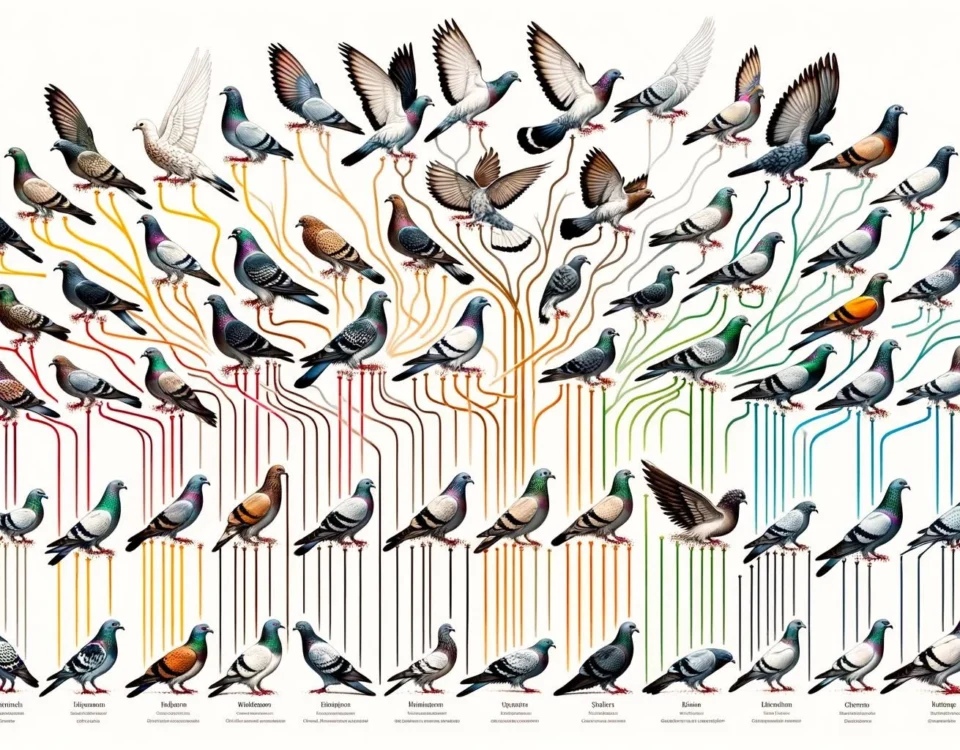Wild pigeons, also known as feral pigeons, are a common sight in urban areas around the world. While these birds often go unnoticed by ornithologists, they can have significant impacts on both the environment and human health. Feral pigeons are known to spread diseases through their droppings and can cause economic damage due to the cost of cleanup and maintenance. As a result, there is a growing need for environmental monitoring of wild pigeons to better understand their population dynamics, assess the impact of their presence, and develop effective management strategies.
Key Takeaways
- Wild pigeons, also known as feral pigeons, can have a significant impact on the environment and human health.
- They are known to spread diseases and can cause economic damage through their droppings.
- Environmental monitoring of wild pigeons is important to understand their population dynamics, assess their impact, and develop effective management strategies.
1. Population Monitoring
One important aspect of environmental monitoring of wild pigeons is population monitoring. Tracking the number and distribution of wild pigeon populations can provide valuable insights into their behavior, habitat preferences, and potential impacts. Population monitoring can be done through various methods, including visual surveys, nest counts, and the use of GPS tracking devices. These monitoring efforts can help researchers and managers understand the population dynamics of wild pigeons and identify areas of high abundance or potential conflict.
2. Disease Surveillance
Wild pigeons are known carriers of several diseases that can affect human health, such as salmonellosis, ornithosis, and histoplasmosis. Therefore, disease surveillance is an important component of environmental monitoring of wild pigeons. This involves regularly testing pigeon populations for the presence of pathogens and monitoring disease outbreaks. By identifying and monitoring disease risks, managers can take preventive measures to minimize the spread of diseases and protect human and animal health.
3. Habitat Assessment
Another important aspect of environmental monitoring of wild pigeons is habitat assessment. Understanding the habitat preferences and requirements of wild pigeon populations can help in managing their populations and minimizing potential conflicts. This includes assessing the availability of food sources, roosting sites, and breeding areas. By conducting habitat assessments, researchers and managers can identify areas of high importance for wild pigeons and implement conservation measures to protect their habitats.
In conclusion, environmental monitoring of wild pigeons is crucial for understanding their population dynamics, assessing their impact on the environment and human health, and developing effective management strategies. Population monitoring, disease surveillance, and habitat assessment are all important components of such monitoring efforts. By better understanding the behavior and needs of wild pigeons, we can mitigate potential conflicts and promote coexistence with these urban-dwelling birds.








